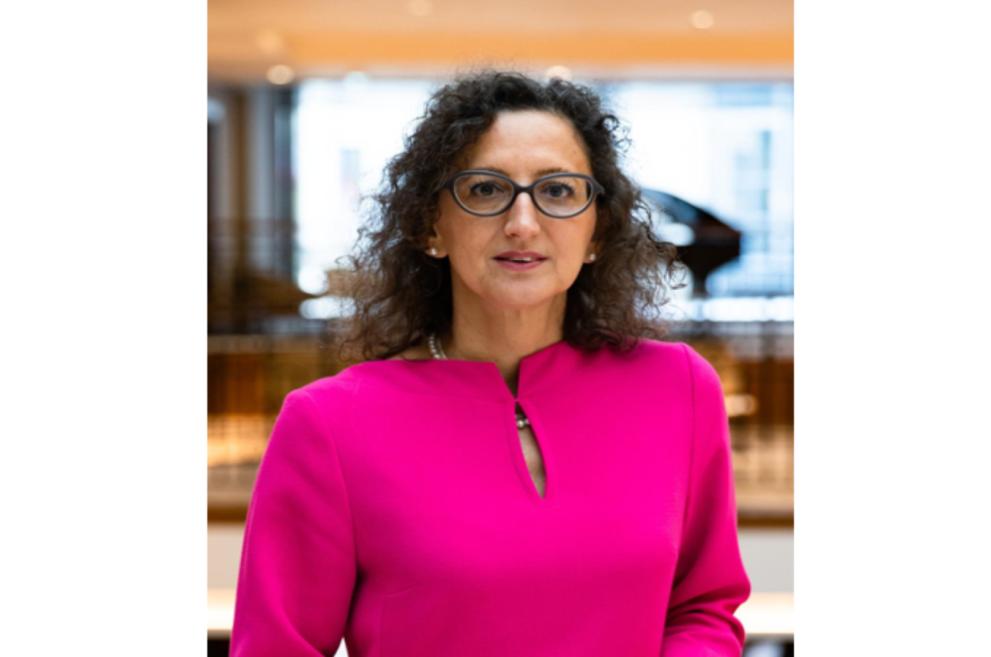Can you give some examples of the types of action that can receive funding, or have already been funded?
We have many interesting examples of measures funded. To mention just a few…
- In Slovakia, with rural development we have funded the restoration of a deteriorating forest road and the construction of a wooden lookout tower in order to protect 1 500 hectares of forest from forest fires and an anti-flood and fire-fighting reservoir.
- In Germany, support was used to help prevent forest fires in the forest of Brandenburg.
- In Greece, a voluntary rescue team used LEADER support to obtain equipment so that volunteers could respond to a wider range of incidents and also raise awareness among the local population about volunteering.
This is very interesting. So funding for disaster prevention is also available from the agricultural budget, not only from the crisis response department ECHO?
Indeed! With the CAP, EU member states can support preventive and restorative actions against natural disasters and catastrophic events, including forest fires, with support covering up to 100% of the costs. Depending on the needs identified in the CAP Strategic Plans, this can include investments in preventive infrastructure and preventive practices as well as risk management tools. In the forestry sector, EU member states also have the opportunity to support investments in preventive infrastructure like forest paths, tracks, water supply points or firebreaks as well as preventive forestry practices like vegetation control, grazing or diversification of vegetation structure.
Let’s say I have a project proposal in my region, a rural area – how would I be able to identify funding opportunities?
Firstly, you could identify funding opportunities in the CAP Strategic Plan of the EU member state you are interested in.
For further information, contact the Managing Authority of the CAP Strategic Plan in the EU member state. A Managing Authority is usually the national or regional government body responsible for implementing the CAP.
In the framework of UCPM legislation, EU member states are developing national or regional risk assessments. These should be cross-sectoral processes for risk identification, analysis and evaluation. Are these assessments used to identify priority actions for prevention in rural areas?
When preparing their CAP Strategic Plans, EU member states carried out a comprehensive ‘SWOT’ analysis, looking at Strengths, Weaknesses, Opportunities and Threats. This allowed them to assess their needs in line with the objectives of the CAP, including risk management analysis. For the SWOT analysis, member states used the EU common context indicators, as well as other quantitative and qualitative information like studies, evaluation reports or sectoral analyses.
Can we ask a question about monitoring/follow-up from the Commission to the EU member states? For example, is there an assessment of the impact and effectiveness of the measures? Does AGRI draw a catalogue of good practices in disaster prevention across Member States financed under rural development which could be a source of inspiration for others?
For us, assessing the performance of our policy is key to demonstrate the progress made and assess the impact and efficiency of the implementation of the CAP Strategic Plans. This is why we set up a common performance, monitoring and evaluation framework.
On their side, member states will monitor and report annually to the Commission on the progress made on the achievement of their planned milestones and targets. They also have the obligation to evaluate their CAP Strategic Plans during implementation and afterwards to improve the quality of the design and implementation of their plans. Each member state must set up a national committee to monitor the implementation of the CAP Strategic Plan, including representatives from national, regional and local authorities, economic and social partners and bodies representing civil society.
On the Commission side, we closely monitor implementation, and will carry out evaluations on the effectiveness, efficiency, relevance, coherence and Union added value of the CAP taking into specific indicators and information provided by the member states.
Finally, I think it’s very important to share knowledge and good practices. We have created the EU CAP Network, a forum through which National CAP Networks, organisations, administrations, researchers, entrepreneurs and practitioners can share knowledge and information (like via peer-to-peer learning and good practices) about agriculture and rural policy.
Article reproduced from the Knowledge Network newsletter Issue 7


